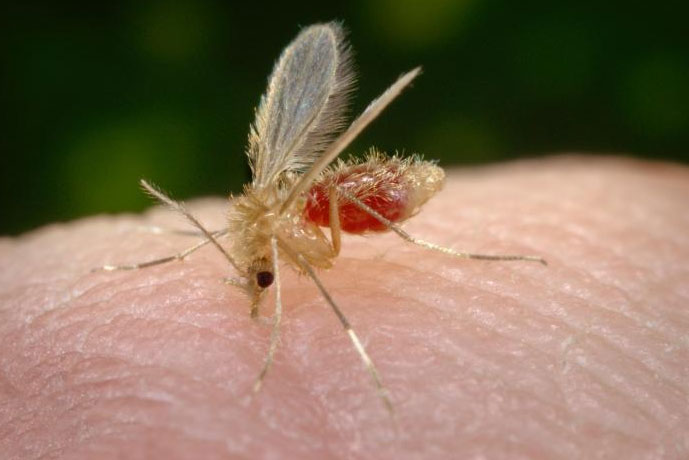Rare Parasitic Infection 'Leishmaniasis' Rising in the US

A parasitic infection that's rare in the United States now appears to be showing up more often in American travelers, thanks in part to the growing trend of ecotourism, experts say.
The infection, called leishmaniasis, occurs in people in more than 90 countries around the world, including Mexico and nations in Central and South America, Asia, Africa, the Middle East, and southern Europe — and is spread by the bite of a tiny sand fly. (Ecotourism means traveling to natural, undisturbed areas of the world in a way that conserves the environment, according to the International Ecotourism Society.)
The disease is uncommon in the United States, but in recent years, doctors have been seeing more cases in American travelers and soldiers, as well as immigrants, according to the Infectious Disease Society of America (IDSA). This rise led to the creation of the first ever U.S. guidelines for diagnosing and treating the illness.
"Leishmaniasis is an increasingly common infection in ecotourists traveling to Central and South America," Dr. Naomi Aronson, an infectious disease specialist at the Uniformed Services University of the Health Sciences in Bethesda, Maryland, said in a statement.
In some cases, the infection affects the skin and can cause serious scarring, while in other cases, the parasite infects deeper parts of the body, and the infection can be deadly. "Timely diagnosis and treatment managed by an infectious diseases physician is vital," said Aronson, who was the lead author of the guidelines. [10 Deadly Diseases That Hopped Across Species]
However, many U.S. doctors aren't very familiar with leishmaniasis in patients, so these physicians may not suspect it when making diagnoses, the IDSA said. And symptoms may not show up until months after a person was infected, which makes the diagnosis even harder.
The three main forms of leishmaniasis are:
Get the world’s most fascinating discoveries delivered straight to your inbox.
- Cutaneous leishmaniasis: This form causes skin sores that may start out as bumps or lumps, but turn into ulcers that have a raised edge and central "crater," according to the Centers for Disease Control and Prevention. This is the most common form of the disease and occurs in up to 1.2 million people worldwide each year.
- Mucosal leishmaniasis: This form occurs when the parasites spread from the skin to the mucous membranes, such as the linings of the mouth, nose and throat. If left untreated, this form of the disease can cause serious scarring, the IDSA said.
- Visceral leishmaniasis: This occurs when the parasite infects the body's internal organs, such as the liver and spleen, and can cause fever, weight loss and anemia (a low level of red blood cells). If left untreated, it is fatal in over 95 percent of cases, according to the World Health Organization.
Doctors who see a patient who has these symptoms should ask if the individual has traveled to areas where leishmaniasis is found, Aronson said. A number of drugs are available to treat the condition.
Although there are no vaccines or medications to prevent leishmaniasis infection, people traveling to areas where the disease is found are advised to wear protective clothing (such as pants and long sleeves), and use insect repellants that contain DEET, as well as bed nets with insecticide.
The new guidelines were published Nov. 14 in the journal Clinical Infectious Diseases.
Original article on Live Science.

Rachael is a Live Science contributor, and was a former channel editor and senior writer for Live Science between 2010 and 2022. She has a master's degree in journalism from New York University's Science, Health and Environmental Reporting Program. She also holds a B.S. in molecular biology and an M.S. in biology from the University of California, San Diego. Her work has appeared in Scienceline, The Washington Post and Scientific American.



